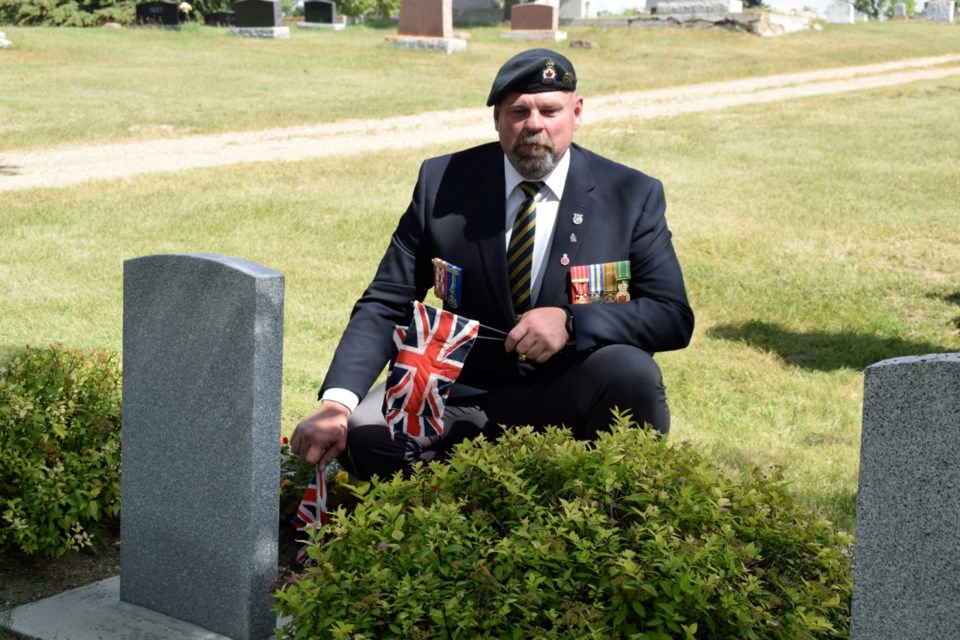ESTEVAN - The local effort to honour Canada’s military history continued Saturday with a presentation on the Dieppe Raid.
Craig Bird, a local military historian and the founder of the Â鶹ÊÓƵ East Military Museums, gave a two-hour presentation on the battle. The 80th anniversary of the raid came one day after the 80th anniversary of Dieppe.
He discussed the Â鶹ÊÓƵ Saskatchewan Regiment’s participation in Dieppe and the contributions of local soldiers, and he released some new information about why Dieppe occurred.
It was noted in the presentation that when the battle occurred in 1942, the Second World War was not going well for the Allied Forces. The Nazis were deep into Soviet territory, and Allied soldiers were trying to make gains into Western Europe and North Africa.
They decided to launch an assault in German-occupied France, starting in July of that year on the French coastal community of Dieppe. It was to be Canada’s first big military offensive in Europe during the war. Canadians had been eager to start fighting.
Of the more than 6,050 infantry, approximately 5,000 were Canadians. But for a variety of reasons, including bad weather, poor planning and German preparation, only one landing force achieved its objective.
The Â鶹ÊÓƵ Saskatchewan Regiment arrived on time, but landed on the wrong spot, and had to cross a heavily defended bridge, and its members were cut down by enemy fire.
Within ten hours, 3,367 of the 5,000 Canadian men who landed had been killed, wounded or became prisoners of war. A total of 384 members of the Â鶹ÊÓƵ Saskatchewan Regiment died due to the raid. Eighty-nine regiment soldiers were taken prisoner and 166 were injured.
Bird noted that trying to determine the number of casualties would have been difficult.
“I just couldn’t imagine being … over in England and trying to sort out … more than 5,000 men, more than half of those guys were wounded and injured,” said Bird.
The tragic outcome at Dieppe has been defended for decades, with claimed that the lessons from the raid were applied to the D-Day invasion of Normandy, France, in June 1944. But Bird said new information has come to light on why the battle really occurred, thanks to the efforts of Canadian military historian David O’Keefe.
British soldiers were trying to get their hands on the German Enigma coding machine that was used for sending secret messages. They thought they had located one in Dieppe.
“All of this paperwork and documentation has come to light that shows that although Dieppe was still a failure, they were actually trying to shorten the war,” said Bird.
Bird noted that there were 50 soldiers from southeast Saskatchewan who died at Dieppe, and a number of them were from Estevan.
He also showed a couple of videos for the audience, and answered questions from those present. Maps and a number of historical artifacts were on display.
After Bird’s presentation, he and some other volunteers went to the Estevan City Cemetery and the Souris Valley Memorial Gardens to pay tribute to veterans. They placed Canadian flags at the tombs of Canadian veterans and Union Jacks at the graves of British veterans.





